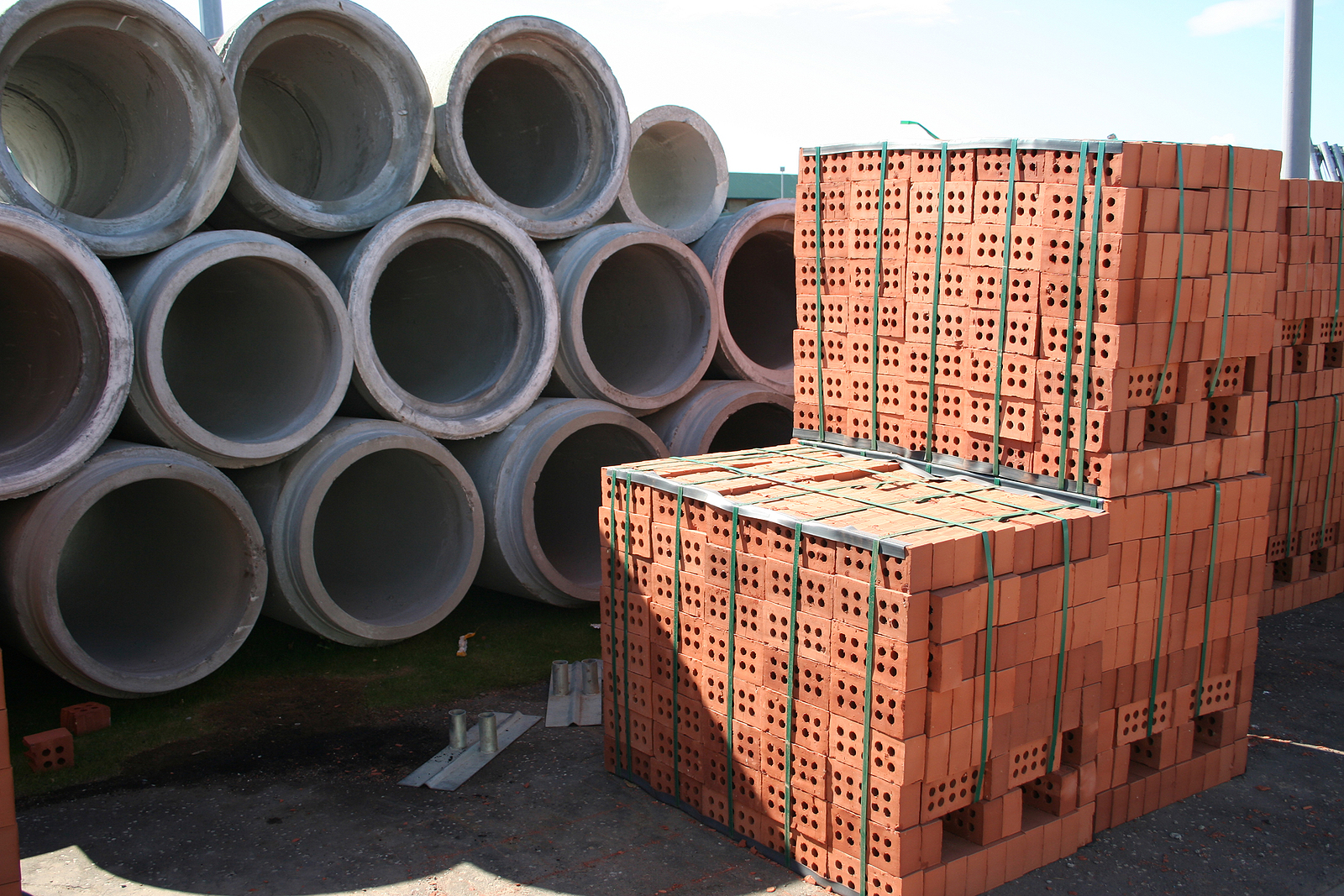| Relevant Downloads and Links | |
|---|---|
| Improving Dilapidated Buildings | LINK |
Cities are faced with many questions when dealing with buildings in disrepair. Can it be renovated? Does it have any historical significance? Should it be demolished? These questions will continually need to be answered as our homes and buildings age. Often, cities have decided to demolish buildings that are no longer useful. This action can spur economic development and increase community safety.
All of that debris does not have to go to the landfill, however. In most cases, much of the building material from a demolition project can be reused or recycled. Cities that take this approach will find that while helping the environment, project costs are also reduced. A city that wishes to use salvaging or recycling methods when demolishing should be aware of their different options.
Reduce
Reducing waste is more beneficial and cost-effective than recycling, as less material is used and less waste is created by identifying early in the process what is not needed. Best practices would suggest that design standards be used for buildings so that materials can have standard sizes and not cut to unusual lengths. Also, buildings should be designed to have flexible and adaptable use of spaces so fewer materials are needed when changing a room or area. Finally, buildings should be designed for deconstruction as this will allow for the building to be taken apart piece by piece years later, and the materials will have a better chance to be used again.
Reuse
There are two main ways to recover building materials for reuse: deconstruction and salvage. Both methods can offset project costs as the materials reused save the city from purchasing other materials. Also, it’s possible for cities to sell the reusable material to interested parties.
- Deconstruction – This is the process of carefully dismantling a whole structure to recover materials. This method is growing in popularity around Iowa and presents the greatest potential for waste recovery. Feasibility is determined by how the structure was built and what materials were used. Also, one must consider how much deconstruction will have to be done by hand as this will add to the cost of labor.
- Salvage – This is the removal of reusable materials before the demolition of a building. Sometimes it is not cost-effective to deconstruct an entire building, but there are still valuable materials that can be salvaged. The Iowa Department of Natural Resources has identifies eight strategies for salvaging building materials:
- Assess the potential – Get an idea of what building materials will be salvageable and what it will take to recover them.
- Establish goals – Set performance requirements such as how much material should be salvaged and how much should go to the landfill.
- Identify materials – Create a list of materials to be salvaged.
- Use specific language – In the project specifications explicitly state what needs to be done.
- Allow adequate time – Salvage and deconstruction often take more time than traditional demolition projects.
- Remove barriers to salvage – Eliminate terms in contracts that prohibit activities such as on-site salvage or operations that are loud, such as concrete crushing.
- Require a plan – Require the contractor to submit a plan describing how the building will be demolished, what materials will be salvaged, and how those materials will be stored or transported.
- Communicate the priorities – Require the contractor to provide updates to ensure the demolition crew is following the plan
Recycle
After preventing waste and reusing as many materials as possible, cities should explore what building materials can be recycled. These efforts will reduce the amount of waste hauled to the landfill and will create a safer construction site while improving public relations. There are two main methods to recycling waste: source-separated recycling and co-mingled recycling. Source-separated recycling requires more administrative time as crews need to be educated on separating materials; however, it has a 99.9 percent recycling rate (compared to 12-99 percent for co-mingled recycling) and is the more cost-effective option as it has the lowest tip fees – many accept some materials at no cost and might pay for more valuable items.
A city that finds materials to recycle from a demolition project should set goals as to how much material will be recycled and how much will make its way to the landfill. Also, they should select a contractor with previous experience in waste reduction, if possible. A city should include in its project specifications the exact measures that will be taken to reduce waste and how materials will be recycled. Finally, cities need to continue to monitor the project closely and communicate with the demolition contractor.
Renew
This step is similar to reuse, the difference being that materials are brought back to the site and incorporated into the project. While salvaged materials might be used elsewhere or onsite in their current form, renewed materials go to a processing company where they are manipulated so they can be used in a different fashion. An example of this would be crushed concrete. An old parking lot on a demolition site could get crushed down enough so that it can be used as base for a new parking lot or roadway.
Cities throughout Iowa will continue to face questions regarding old, unused buildings. Whether for economic reasons, safety concerns or beautifying an area of town, many cities will opt to demolish these structures. When doing so, cities should keep in mind the variety of ways they can reuse or recycle the building materials from the demolition project. By doing so, they will help the community and environment while also lowering costs.






